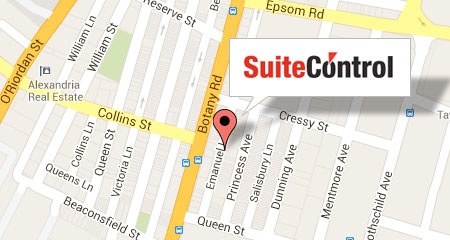Symptoms of End-Stage Lung Hypertension: Comprehending the Indications of Advanced Condition
Lung high blood pressure (PH) is a chronic problem identified by high blood pressure in the arteries of the lungs. As the condition progresses, it can tonerin τιμη reach an innovative stage called end-stage lung hypertension. At this point, people experience serious signs and symptoms and also call for specialized care to handle their condition efficiently. Recognizing these signs and symptoms is crucial for timely treatment as well as enhanced lifestyle. This write-up intends to supply an insightful introduction of the principal symptoms and signs of end-stage pulmonary hypertension.
Understanding Lung Hypertension
Lung high blood pressure takes place when the capillary in the lungs narrow, end up being tight, or get obstructed. Because of this, the heart needs to function more challenging to pump blood via the lungs, leading to raised stress within the lung arteries. Over time, this excessive stress can harm the heart and harm its ability to work effectively.
There are 5 various kinds of pulmonary hypertension, each with its specific reasons. These kinds consist of pulmonary arterial hypertension (PAH), pulmonary high blood pressure as a result of left heart disease, lung hypertension because of lung diseases and/or hypoxia, persistent thromboembolic lung high blood pressure, and lung high blood pressure with unclear and/or multifactorial devices.
End-stage lung high blood pressure describes the advanced phase of the illness where signs and symptoms are typically serious, as well as the condition has actually considerably influenced a person’s life.
Typical Symptoms of End-Stage Lung Hypertension
1.Shortness of Breath: Among one of the most prevalent signs of end-stage lung high blood pressure is lack of breath, also called dyspnea. As the illness advances, also basic activities such as strolling or climbing up stairs can become difficult, leaving people out of breath as well as fatigued.
2.Tiredness: Individuals with end-stage lung hypertension might experience a persistent sensation of fatigue and reduced energy levels. This fatigue can be devastating, making it tough to perform day-to-day tasks.
3.Upper body Discomfort: Upper body discomfort, likewise described as angina, depanten krém can be an indication of end-stage lung hypertension. This discomfort may occur throughout physical activity or at rest as well as is typically referred to as a tightness or stress sensation in the chest.
4.Swelling: The accumulation of liquid in the legs, ankles, and feet, known as peripheral edema, is a typical symptom of advanced lung high blood pressure. This swelling takes place as a result of the build-up of stress in the capillary, causing fluid leakage into the surrounding cells.
5.Cyanosis: Cyanosis is identified by a bluish tint to the lips, skin, or nails resulting from inadequate oxygenation of the blood. In end-stage pulmonary high blood pressure, decreased oxygen levels in the bloodstream can lead to this recognizable staining.
6.Collapsing or Faintness: As the heart’s pumping capability ends up being endangered, people with end-stage lung hypertension may experience episodes of fainting or feel lightheaded. These episodes occur as a result of inadequate blood flow to the brain.
7.Uneven Heartbeat: End-stage lung hypertension can create an irregular heartbeat, likewise known as arrhythmia. This abnormal heart rhythm may result in palpitations, an experience of the heart battering or fluttering in the breast.
- Extra Signs and symptoms:
Aside from the key signs and symptoms mentioned over, individuals with end-stage lung hypertension may additionally experience various other second symptoms, consisting of:
- Trouble focusing or complication
- Lowered appetite and also unintentional weight management
- Sleep disturbances, such as sleeping disorders or sleep apnea
- Stress and anxiety or anxiety
- Weakness or muscle aches
- Excessive sweating
- Lowered urine output
Seeking Medical Focus
It is vital for people experiencing these signs to look for clinical interest immediately. Identifying end-stage pulmonary hypertension generally includes an extensive examination, including case history, health examination, imaging examinations, as well as specialized evaluations of lung and also heart function.
Early medical diagnosis and also treatment can help handle signs and symptoms, slow-moving condition progression, as well as potentially boost lifestyle. Therapy options for end-stage lung high blood pressure might consist of drugs, oxygen therapy, lifestyle adjustments, and also in extreme situations, lung transplantation.
Conclusion
End-stage lung high blood pressure is a significant problem with devastating signs. Identifying the indications of advanced illness is essential for reliable administration and timely treatment. If you or someone you understand experiences consistent shortness of breath, tiredness, upper body discomfort, swelling, cyanosis, or various other associated signs and symptoms, it is critical to look for clinical interest quickly for an accurate medical diagnosis and also suitable therapy.
Keep in mind, early treatment is key in boosting results and enhancing the quality of life for individuals living with end-stage pulmonary hypertension.








